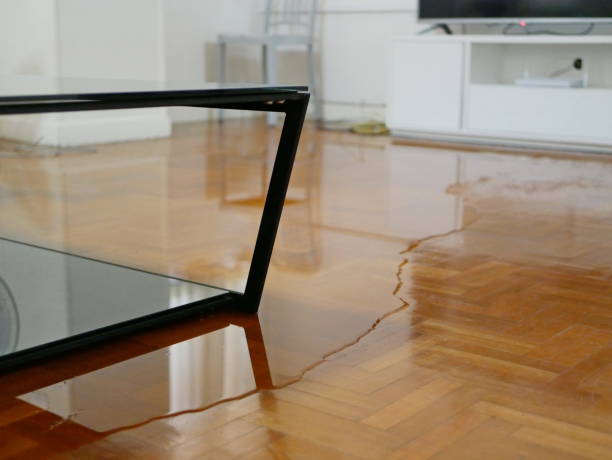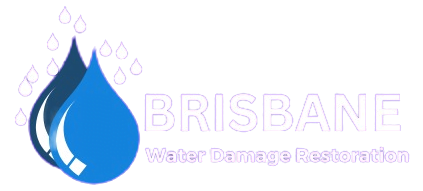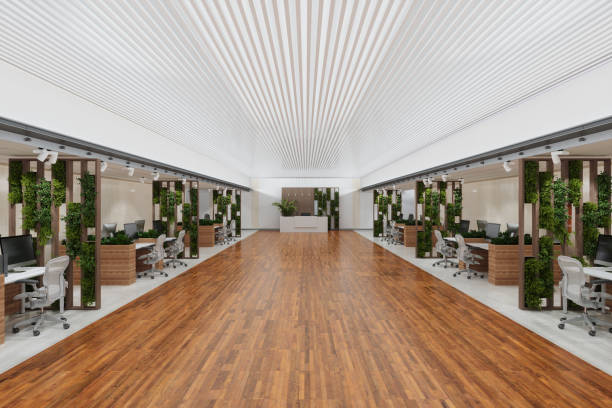Hardwood floors add elegance and warmth to any home, but they are highly vulnerable to water damage. Whether due to flooding, leaks, or spills, quick action is necessary to prevent warping, mould growth, and structural deterioration. Brisbane’s humid climate further increases the risk of moisture-related damage, making effective drying and restoration techniques essential.
In this comprehensive guide, we’ll cover the best strategies for Hardwood Floor Drying & Restoration in Brisbane, ensuring your floors are restored to their original beauty. If you need immediate help, professional emergency floor drying Brisbane services can save you time and prevent costly replacements.

Understanding Water Damage on Hardwood Floors
Hardwood floors are highly absorbent, and prolonged exposure to moisture can lead to severe issues. Understanding the impact of water damage is crucial for proper restoration. Common problems include:
1. Types of Water Damage
- Surface Water Damage: Caused by minor spills or leaks, this can often be remedied with quick action.
- Subfloor Moisture: Water seeping through gaps can damage the underlayment and subfloor, requiring professional intervention.
- Long-Term Exposure: Extended moisture exposure can lead to severe warping, mould, and even structural damage.
2. Common Signs of Water-Damaged Hardwood Floors
- Discoloration: Dark spots or stains indicate prolonged moisture exposure.
- Cupping: Edges of floorboards rise higher than the center.
- Buckling: Entire planks lift from the subfloor due to excessive moisture.
- Mould Growth: Musty odors and visible mould indicate trapped moisture.
Step-by-Step Guide to Drying Hardwood Floors
1. Act Fast: Immediate Steps After Water Exposure
The quicker you respond, the better the chances of saving your flooring. Follow these crucial steps:
- Remove Excess Water: Use towels, mops, or a wet vacuum to eliminate standing water immediately.
- Lift Rugs & Furniture: Moisture trapped underneath rugs and furniture can cause further damage.
- Dry the Area Quickly: Open windows, set up industrial fans, and turn on dehumidifiers to expedite drying.
- Check for Hidden Moisture: Moisture meters can help detect water trapped beneath the floorboards.
2. Improve Ventilation for Efficient Drying
Proper airflow is essential in Hardwood Floor Drying & Restoration in Brisbane. Here’s how to ensure effective ventilation:
- Use high-powered fans to circulate air throughout the affected area.
- Deploy industrial-grade dehumidifiers to extract excess moisture from both the air and flooring.
- If possible, remove baseboards and moulding to allow air to reach hidden moisture pockets.
- For severe cases, seek professional emergency floor drying Brisbane services to prevent further deterioration.
3. Prevent Mould Growth and Bacteria
Mould can develop in as little as 24-48 hours after water exposure. To minimize risks:
- Apply anti-microbial treatments to affected areas.
- Keep indoor humidity levels below 50% to discourage mould growth.
- Remove and replace water-damaged carpet padding or underlayment that may harbor mould.
- If mould has already appeared, consult specialists in Hardwood Floor Drying & Restoration in Brisbane for proper remediation.
4. Assess Structural Damage and Floor Stability
Once the flooring is dry, inspect for signs of permanent damage:
- Check for warping or cupping in floorboards.
- Test for loose planks by walking across the surface.
- Inspect the subfloor for hidden moisture that may cause long-term damage.
- If necessary, professional restorers can use infrared moisture detection to identify problem areas.
Restoring Hardwood Floors After Water Damage
5. Sanding and Refinishing
If your floor remains intact but looks rough after drying, sanding and refinishing will restore its original appearance:
- Sanding: Removes surface imperfections, stains, and raised grain caused by moisture.
- Refinishing: Reapplies protective coatings to enhance the wood’s durability and shine.
- Sealing: Adds a moisture-resistant barrier to prevent future damage.
6. Replacing Severely Damaged Sections
In cases where water damage is too severe, partial or full replacement may be required:
- Replace individual planks if only a few boards are affected.
- Install new hardwood flooring if warping and buckling are widespread.
- Use engineered hardwood as a moisture-resistant alternative in high-risk areas.
Professional Hardwood Floor Drying & Restoration in Brisbane
While DIY drying methods work for minor cases, professional services offer advanced solutions:
- Heat drying: Uses controlled heat to evaporate deep-seated moisture.
- Pressure drying: Extracts moisture from subfloors and gaps between planks.
- Infrared technology: Identifies hidden moisture pockets.
- Specialized restoration treatments: Prevent mould growth and long-term damage.
Hiring experts in Hardwood Floor Drying & Restoration in Brisbane ensures your floors are restored safely and effectively, reducing the risk of future issues.
When to Call Emergency Floor Drying Brisbane Services
Immediate intervention is necessary if:
- Your floors remain wet for more than 24 hours.
- There is visible mould or a persistent musty smell.
- Floorboards show signs of buckling, warping, or severe cupping.
- Moisture remains trapped despite using fans and dehumidifiers.
Emergency drying specialists use high-tech equipment to remove moisture quickly, preventing long-term damage and costly replacements.
Conclusion
Water damage doesn’t have to mean replacing your beautiful hardwood floors. By acting quickly, improving ventilation, and seeking professional Hardwood Floor Drying & Restoration in Brisbane services, you can restore your flooring and protect your investment. If you require urgent assistance, emergency floor drying Brisbane specialists are available to provide rapid, effective solutions.
FAQs
Q1: How long does it take to dry hardwood floors after water damage?
A: Drying can take anywhere from 24 hours to several days, depending on the severity. Using professional Hardwood Floor Drying & Restoration in Brisbane services can expedite the process.
Q2: Can I use a regular fan to dry hardwood floors?
A: Household fans can help, but industrial fans and dehumidifiers are far more effective. If the damage is severe, consider emergency floor drying Brisbane services.
Q3: Will my hardwood floors return to normal after drying?
A: If drying is done quickly, most floors can be restored. However, severe warping or buckling may require sanding, refinishing, or replacement.
Q4: How can I prevent future water damage?
A: Maintain proper humidity levels, seal hardwood floors, and address plumbing issues immediately.

